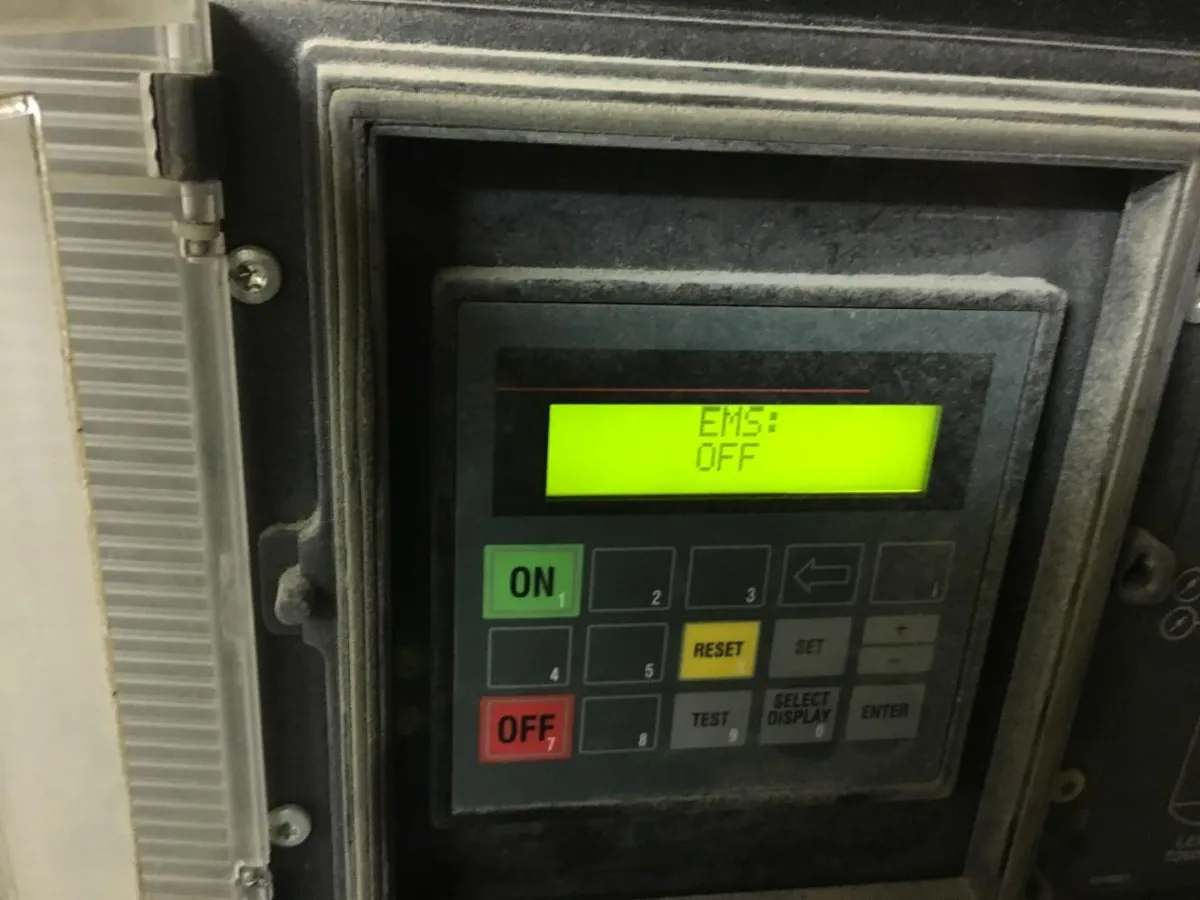
Tale of Two Plants
A protein products processor has two plants, separated by a one hour drive, doing about the same thing. The first plant has a standard 60 hp fixed speed, load/unload compressor with dew point controlled heated air dryer, and a 600 gallon receiver. A compressed air assessment was done and the baseline for this system was found to be about $13,000 per year while producing an average of about 40 cfm of air.
The second plant has a 60 hp variable speed drive compressor, dewpoint controlled heatless desiccant dryer, and 600 gallon receiver. Measurement of the baseline showed compressed air costs at about $4,400 per year while producing about 45 cfm of air.
Even with similar components, one plant is consuming almost three times the energy as the other! Energy assessments were done on each system and found that excessive compressor unloaded run time hours were causing significant inefficiency in the first plant. Further to this, the air dryer dew point control had been turned off, or had never been activated. The dryer purge had been poorly adjusted and was consuming almost double the rated amount.
In the second plant the variable speed drive compressor consumed only the required energy to feed the compressed air demand and had no unloaded run time. The air dryer dew point controller was working fine and was saving significant energy. The only problem with this system was higher than desired compressor discharge pressure.
After analyzing the data it was discovered that the energy consumption in the second plant could be reduced by about 90 percent worth $10,000 per year by replacing the aging compressor with a similar style VSD controlled compressor as the second plant and replacing the air dryer with a purgeless unit. In reality this plant only consumed about 10 cfm of compressed air, the faulty air dryer was consuming about 75 percent of the compressed air the compressor produced.
The plant operators were unaware of the problems until the system was measured by a compressed air service provider. This shows the benefit of having a baseline measurement done in even small plants. In this case the local power utility picked up the costs for the audit.
More information about compressed air baselining here in our training: www.compressedairchallenge.org/calendar
